When it comes to choosing the perfect flooring for your home or business, the options can seem endless. Two popular choices that often go head-to-head are ceramic tiles and laminate flooring. Both have their unique advantages and disadvantages, making it crucial to understand their differences to make an informed decision. In this article, we will compare ceramic tiles and laminate flooring in terms of durability, appearance, cost-effectiveness, and installation. Durability: Ceramic tiles are known for their exceptional durability. They are resistant to scratches, stains, and moisture, making them an excellent choice for high-traffic areas and spaces prone to spills – such as kitchens and bathrooms. Additionally, ceramic tiles can withstand extreme temperatures and are highly resistant to fading, maintaining their vibrant color for years.
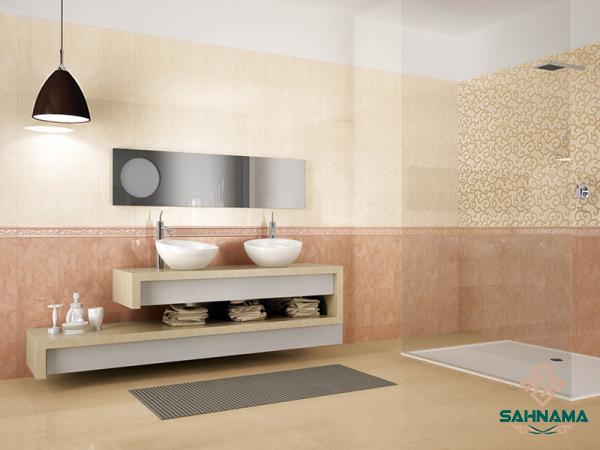
.
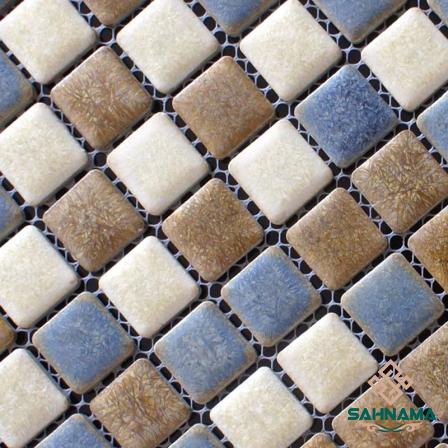 On the other hand, laminate flooring is comparatively less durable. Although it is resistant to scratches and fading, laminate is more prone to water damage and can be easily damaged by moisture if not installed correctly. Appearance: Ceramic tiles offer an endless array of designs, patterns, and colors, providing homeowners with the freedom to find the perfect match for their aesthetic preferences. Additionally, ceramic tiles can mimic the appearance of natural materials like stone or hardwood, providing an elegant and timeless look. Laminate flooring, on the other hand, also offers a wide variety of designs and patterns but cannot fully replicate the look and feel of natural materials. However, advancements in laminate technology have made it difficult to distinguish between laminate and real wood or stone at first glance. Cost-effectiveness: Ceramic tiles are generally more expensive to install compared to laminate flooring.
On the other hand, laminate flooring is comparatively less durable. Although it is resistant to scratches and fading, laminate is more prone to water damage and can be easily damaged by moisture if not installed correctly. Appearance: Ceramic tiles offer an endless array of designs, patterns, and colors, providing homeowners with the freedom to find the perfect match for their aesthetic preferences. Additionally, ceramic tiles can mimic the appearance of natural materials like stone or hardwood, providing an elegant and timeless look. Laminate flooring, on the other hand, also offers a wide variety of designs and patterns but cannot fully replicate the look and feel of natural materials. However, advancements in laminate technology have made it difficult to distinguish between laminate and real wood or stone at first glance. Cost-effectiveness: Ceramic tiles are generally more expensive to install compared to laminate flooring.
..
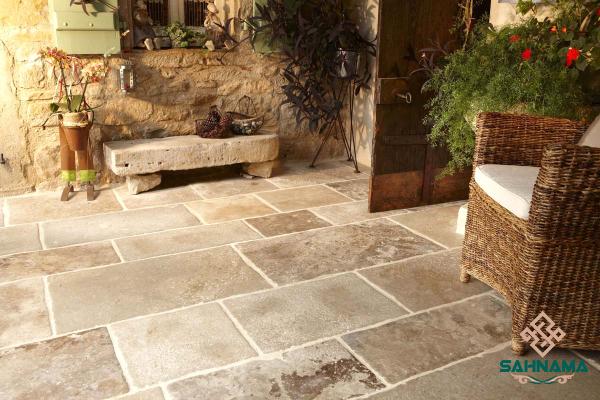 The cost of ceramic tiles is determined by factors such as tile size, material quality, and installation complexity. While the upfront cost might be higher, ceramic tiles tend to have a longer lifespan and require minimal maintenance, ultimately reducing long-term costs. On the other hand, laminate flooring is more budget-friendly, with a lower initial installation cost. However, laminate flooring may need periodic replacement or repair, adding to maintenance costs over time. Installation: The installation process for ceramic tiles can be more complex and time-consuming, often requiring professional assistance. It involves preparing the subfloor, applying adhesive, and carefully laying each tile. On the contrary, laminate flooring is known for its ease of installation, thanks to its click-and-lock system. It can be installed as a DIY project, saving homeowners money on labor costs.
The cost of ceramic tiles is determined by factors such as tile size, material quality, and installation complexity. While the upfront cost might be higher, ceramic tiles tend to have a longer lifespan and require minimal maintenance, ultimately reducing long-term costs. On the other hand, laminate flooring is more budget-friendly, with a lower initial installation cost. However, laminate flooring may need periodic replacement or repair, adding to maintenance costs over time. Installation: The installation process for ceramic tiles can be more complex and time-consuming, often requiring professional assistance. It involves preparing the subfloor, applying adhesive, and carefully laying each tile. On the contrary, laminate flooring is known for its ease of installation, thanks to its click-and-lock system. It can be installed as a DIY project, saving homeowners money on labor costs.
…
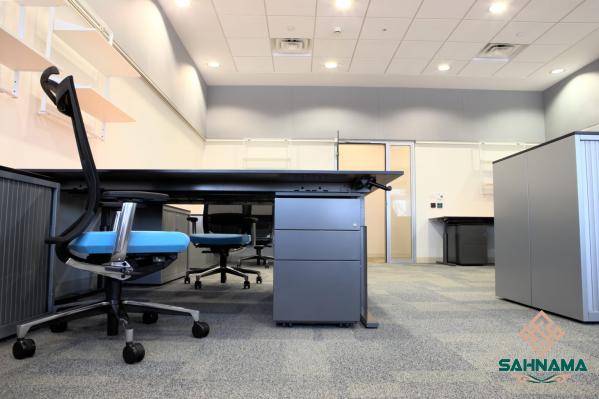 However, it’s worth noting that the quality of the installation can significantly impact the longevity and durability of laminate flooring. Conclusion: Ultimately, the choice between ceramic tiles and laminate flooring depends on your specific needs and priorities. If durability, moisture resistance, and a wide range of design options are your top priorities, ceramic tiles are an excellent choice. However, if cost-effectiveness, easy installation, and the ability to mimic natural materials are important to you, laminate flooring is worth considering. Remember, it’s crucial to thoroughly research and consult with professionals to ensure that the flooring you choose perfectly suits your lifestyle and enhances the aesthetics of your space.
However, it’s worth noting that the quality of the installation can significantly impact the longevity and durability of laminate flooring. Conclusion: Ultimately, the choice between ceramic tiles and laminate flooring depends on your specific needs and priorities. If durability, moisture resistance, and a wide range of design options are your top priorities, ceramic tiles are an excellent choice. However, if cost-effectiveness, easy installation, and the ability to mimic natural materials are important to you, laminate flooring is worth considering. Remember, it’s crucial to thoroughly research and consult with professionals to ensure that the flooring you choose perfectly suits your lifestyle and enhances the aesthetics of your space.

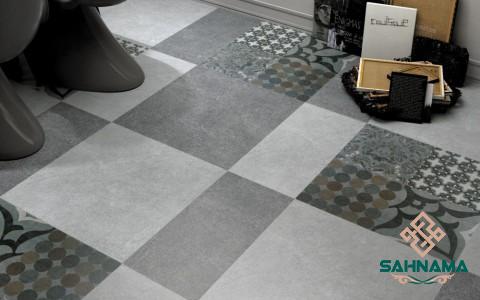

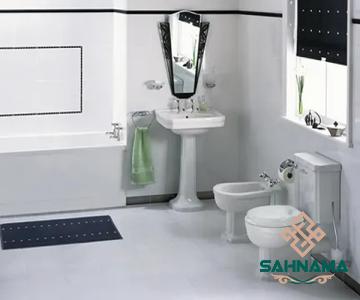
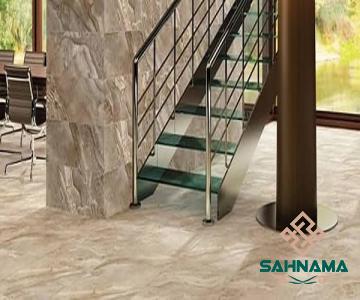
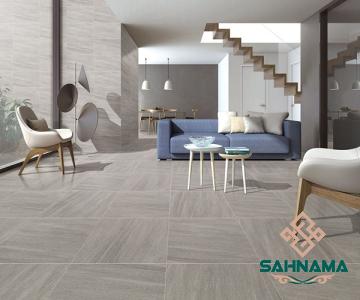
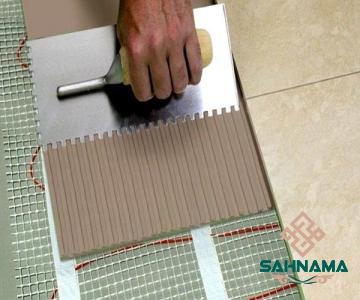

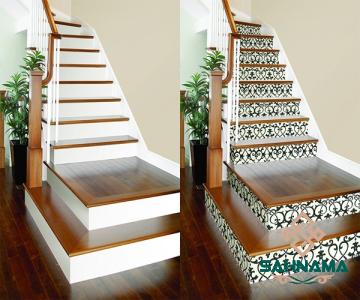

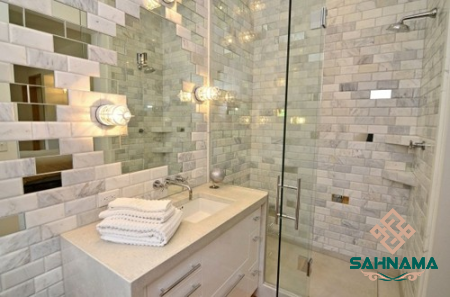
Your comment submitted.